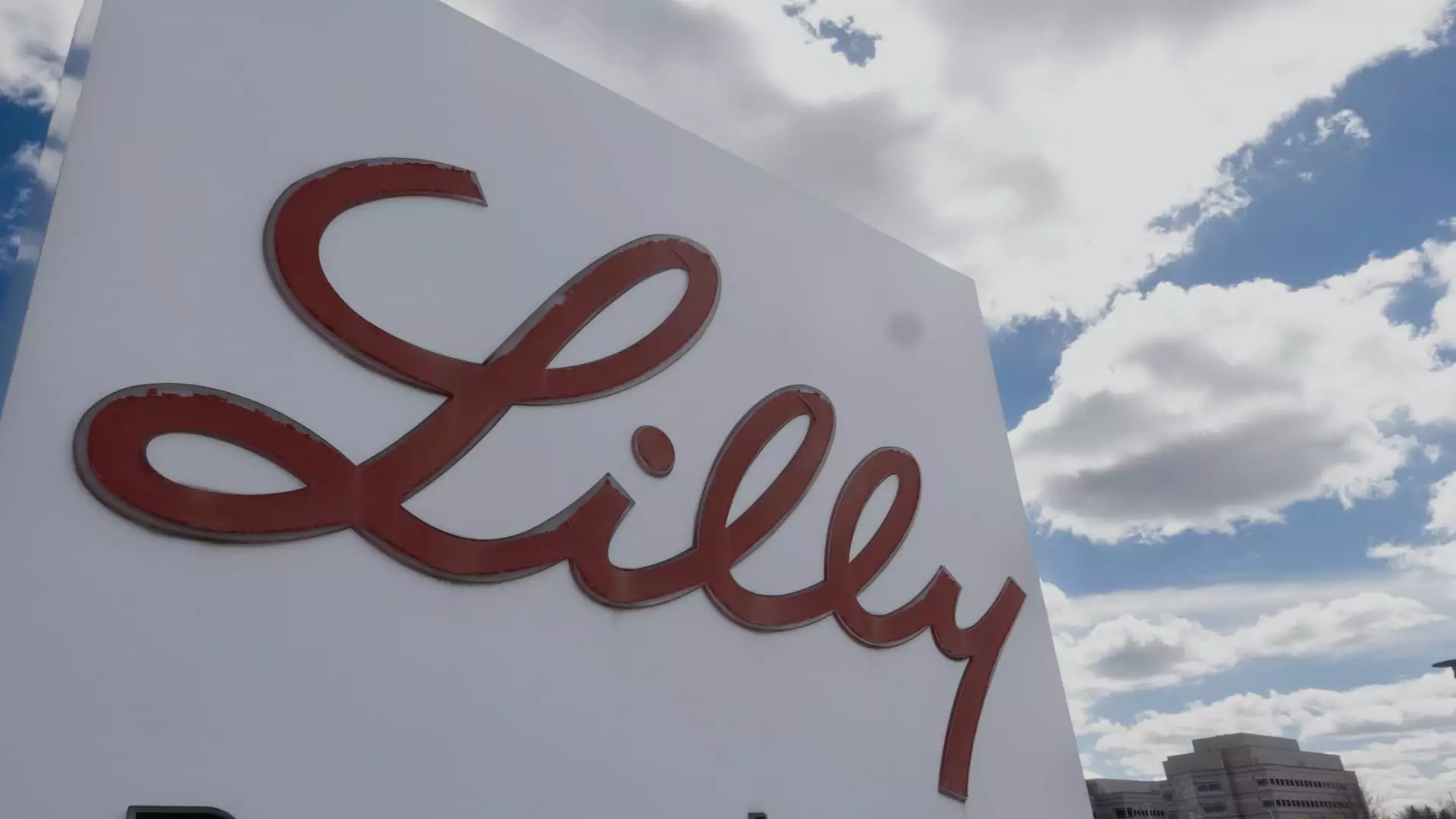The landscape of pharmaceutical manufacturing is continually evolving, with Eli Lilly & Co. making headlines by announcing a bold $27 billion investment plan to construct four new manufacturing facilities across the United States. This substantial financial commitment signals not only a proactive response to escalating demand for its diabetes and weight loss medications but also reflects the broader trend of reshoring that has gained traction within the industry. This article delves into the strategic significance of Eli Lilly’s investment, the implications for the drug market, and its alignment with national manufacturing policies.
At the crux of Eli Lilly’s investment decision lies a burgeoning demand for its breakthrough medications, particularly its weight loss and diabetes treatments. The company’s products, including the active ingredients in Zepbound and Mounjaro, have quickly positioned themselves as frontrunners in the market for GLP-1 drugs. As healthcare needs evolve, so too must pharmaceutical companies expand their production capabilities to keep up. This urgency is not merely about meeting immediate market demands but also about anticipating future public health trends, particularly as projections indicate the global obesity drug market could surpass $150 billion annually by the early 2030s.
The establishment of additional manufacturing sites aims to bolster supply chains, ensuring that eligible patients have continued access to quality medicines rather than falling back on unregulated alternatives. Previously, during periods of supply shortages, some patients turned to compounded versions of these medications, highlighting the critical need for reliable, FDA-approved drugs.
The announcement’s timing and context are equally noteworthy. Made in Washington, D.C., it underscores Eli Lilly’s strategic positioning within a politically charged environment, where restoring American manufacturing has become a focal point. The move aligns with initiatives proposed by various administrations aimed at reducing the reliance on international supply chains, a sentiment that resonates with recent calls from policymakers to enhance domestic production across multiple sectors.
This investment not only positions Eli Lilly favorably in terms of public relations but also grants the firm favorable optics as it seeks to capitalize on governmental policies aimed at stimulating domestic manufacturing. The company’s CEO, David Ricks, pointedly connected this investment to the groundwork laid by the Tax Cuts and Jobs Act of 2017, emphasizing that the favorable tax landscape has fueled these groundbreaking commitments. This political backdrop is crucial for corporate narrative, as firms navigate complex regulations and public expectations.
Another significant aspect of Eli Lilly’s announcement is its potential to create jobs. The proposed facilities are projected to generate over 3,000 high-skilled positions and an additional 10,000 jobs during the construction phase. This creates a ripple effect in the economy, promoting local growth through employment opportunities and stimulating ancillary industries connected to construction and manufacturing. In the context of a recovering economy, these job opportunities serve as a welcome boost, particularly in regions home to existing Eli Lilly facilities in North Carolina, Indiana, and Wisconsin.
This commitment to job creation importantly underscores the broader impact that pharmaceutical investments can have on local economies. By bolstering employment opportunities, Eli Lilly’s initiative could contribute to a revitalization of communities surrounding the manufacturing sites, fostering an environment where innovation and production go hand in hand.
Eli Lilly is not only focusing on immediate solutions but is also investing in its future pipeline of products. While current investments emphasize the expansion of production for diabetes and obesity drugs, the company is simultaneously preparing to broaden its therapeutic reach to include drugs for cancer, Alzheimer’s disease, and more. This diversification strategy signals a long-term commitment to innovation, something essential in an industry that thrives on breakthroughs and advancements.
Ricks articulated a vision of optimism regarding the pipeline’s potential, reinforcing Eli Lilly’s commitment to not just keeping pace with market needs but leading the charge in pharmaceutical innovation. This dynamic approach indicates an intention to remain competitive in an industry where technological advancements and shifting patient needs require adaptability.
Eli Lilly’s $27 billion investment marks a significant pivot in the pharmaceutical manufacturing sector, indicative of a broader movement toward domestic production, job creation, and proactive response to health demands. With an eye on the future of drug development and a commitment to quality assurance, this bold initiative serves as both a blueprint for success and a strategic alignment with national interests. As Eli Lilly embarks on this ambitious journey, the implications stretch far beyond its own corporate growth, potentially reshaping the landscape of American pharmaceutical manufacturing for years to come.


Leave a Reply